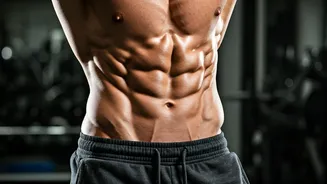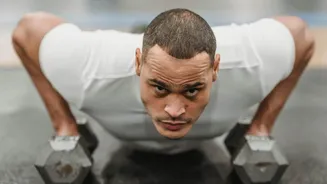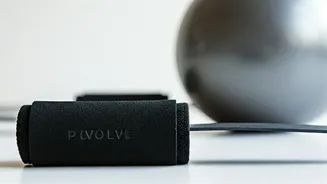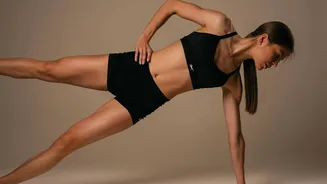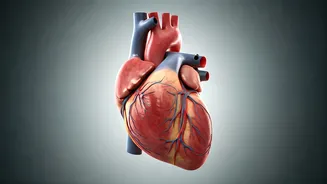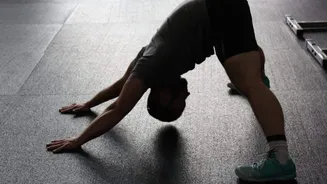Inner Leg Raises
Inner leg raises are a fantastic starting point for strengthening the inner thighs. To perform this exercise, lie on your side, supporting your head with
your hand, and bend the top leg, placing your foot flat on the floor in front of you. Extend the bottom leg straight and slowly lift it towards the ceiling, concentrating on squeezing the inner thigh muscles. Lower the leg with control and repeat. Remember to keep the movement slow and deliberate, focusing on the muscle engagement. Aim for a specific number of repetitions, typically starting with a manageable count and gradually increasing as your strength improves. Proper form is crucial; avoid rushing the exercise, which can decrease its effectiveness. Consistency is also key: Regular practice will yield noticeable results over time, leading to firmer inner thighs and improved overall leg strength. Remember to breathe and keep your core engaged throughout the exercise.
Side Leg Raises
Next up is the classic side leg raise, which primarily targets the outer thighs and hip abductors. Again, start by lying on your side, supporting your head with your hand, and keeping both legs straight. Lift the top leg towards the ceiling, maintaining a straight leg and pointing your toes. Focus on engaging the muscles in your outer thigh and hip. Slowly lower your leg, controlling the movement throughout. Unlike inner leg raises, side leg raises target a different set of muscles, which helps in achieving balanced leg development. Similar to inner leg raises, maintaining correct form is essential. Avoid swinging your leg or using momentum to lift it. Instead, focus on a controlled, deliberate motion. Include a target number of repetitions, gradually increasing the sets as you become stronger. Consistent execution, incorporating it as part of your regular fitness regimen, yields the best results. Over time, you'll see improvements in both the tone and definition of your outer thighs and hips.
Fire Hydrants
Fire hydrants are an effective exercise that targets the glutes and outer thighs. To start, get on your hands and knees, ensuring your back is flat. Keeping your core engaged, lift one leg out to the side, bending your knee and keeping your foot flexed, mimicking the action of a dog lifting its leg. Focus on squeezing your glute muscles as you lift the leg. Lower the leg slowly, returning to the starting position with control. This exercise not only works your glutes but also strengthens your core muscles, as you need to maintain stability throughout the movement. Fire hydrants are beneficial for enhancing hip stability and improving the appearance of your glutes. Try to perform this exercise at a controlled pace, avoiding any jerky movements that could strain your muscles. Perform multiple repetitions on each leg, and incorporate this exercise into your routine a few times a week for optimal results. Over time, consistent performance will lead to stronger glutes and a more toned appearance.
Donkey Kicks
Donkey kicks are another valuable exercise for targeting the glutes. Start in the same position as the fire hydrants: on your hands and knees, ensuring your back remains flat. Keeping your core engaged, lift one leg towards the ceiling, bending your knee and keeping your foot flexed. Imagine pushing your heel toward the ceiling while squeezing your glute muscles. Return the leg to the starting position slowly and with control. Donkey kicks effectively isolate the glutes, leading to better muscle definition and overall glute strength. Make sure to keep your core engaged to prevent any strain on your lower back. The slow, controlled motion is key for getting the most from this exercise. Performing multiple repetitions on each leg is advisable, adjusting as needed based on your fitness level. Regular execution will significantly improve the strength and aesthetic of your glutes.
Front & Back Kicks
Front and back kicks offer a dynamic way to tone the legs, particularly the quadriceps and hamstrings. For front kicks, stand tall with your feet shoulder-width apart. Kick one leg forward, extending your leg and keeping your core engaged. Maintain good posture throughout the kick. For back kicks, kick one leg backward, focusing on squeezing your glutes as you do so. Repeat the same with the opposite leg. These kicks are great for toning various leg muscles, and can also improve balance and coordination. The front kicks engage the quads, while the back kicks work the hamstrings and glutes. Ensure proper form to prevent injury. Start with a moderate number of kicks and increase as you gain strength. Regular incorporation of front and back kicks will result in a more toned appearance of the legs, improving their overall strength and definition.

